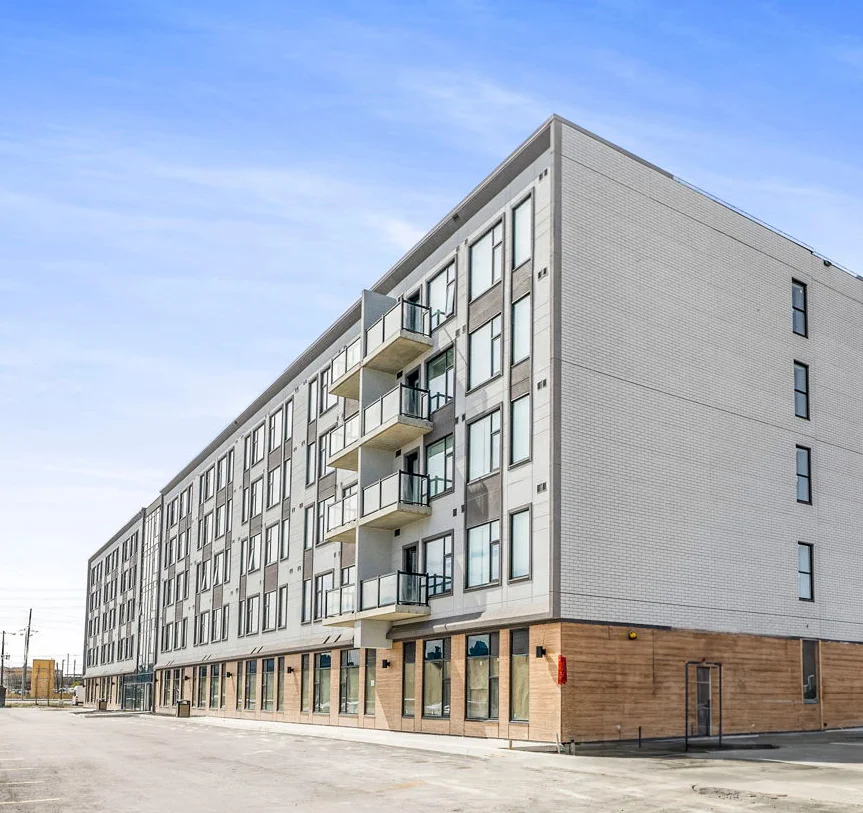Inside the Pipeline: How Preet Dass Orchestrates Multi-Division Project Delivery
Complex projects fail at the handoffs. That’s where Preet Dass focuses. As COO of JDass Group, she aligns metals supply (steel, framing, rebar) with real estate milestones, compressing timelines and removing risk.
A Single Timeline Everyone Can See
Preet builds one master schedule spanning coil processing, framing, rebar, site delivery. With a single source of truth, teams coordinate around reality—not assumptions.
- Gate reviews before each phase to confirm specification, capacity, and site readiness.
- What-if calendars to model weather delays or scope changes.
- Lead-time buffers positioned where they mitigate the most risk.
With this single source of truth, JDass divisions, contractors, and clients coordinate around reality—not assumptions. It transforms the supply chain into a synchronized flow instead of a series of disconnected transactions.
Metals + Construction, Synchronized
- DassSteel: coil slitting & CTL timed to framing runs.
- Dass Metal Products: studs, track, acoustic components mapped to floor sequencing.
- Dass Rebar: bends/cages delivered just in time for pours.
This sequenced material flow keeps sites moving and storage minimal.
Vendor and Subcontractor Alignment
Preet establishes clear scopes, SLAs, and interface meetings. Subtrades know exactly when material lands and when handoff occurs. Surprises drop; uptime rises.
Cost Control Without Corners Cut
Operational control improves margin the right way—through fewer delays, better yields, and tighter logistics, not by pushing risk downstream.
Proof Points You Can Measure
- Shorter cycle time from coil to install.
- Lower scrap and rework due to tighter specs and QA.
- Higher schedule certainty with visible critical paths and buffers.
Project Example: Skye Hotel & Residences — Metal Supply & Construction Coordination

Project Overview
- Type: Mid-rise extended stay hotel / residential hybrid
- Location: Etobicoke / Toronto area
- Scope: Steel framing, interior metal framing, rebar & structural reinforcements, and metal finishes
- Client Goal: Fast track delivery to get units revenue-producing as soon as possible, while maintaining high build quality and cost control
Phases & Preet Dass’s Role in the Pipeline
Phase 1: Design & Early Scope Lockdown
- Early in the design phase, Preet’s team works with the architect and structural engineer to finalize the structural steel sections, framing typologies, and rebar requirements.
- Key decisions (e.g. dimensions, coatings, stud depths, rebar sizes) are locked in before full production begins, but allowance is kept for controlled change orders.
- Preet sets gate review #1: she confirms that the specification matches JDass’s fabrication capacity, that lead times for all metals are realistic, and that the site schedule is synchronized.
Phase 2: Master Schedule Integration
- Once the client / GC provides a site schedule (foundation, vertical work, interior fit-out), Preet builds the master metals timeline.
- This timeline maps:
• coil procurement and slitting → steel elements → framing components → rebar fabrications → site delivery
• all internal handoffs and QA gates
• buffers and “what-if” paths (for example, rain days delaying pours) - The master timeline is shared with the GC, structural team, subtrades, and JDass divisions so everyone sees the same critical path.
Phase 3: Coil → Steel → Framing → Delivery
- DassSteel processes coil into plates, beams, studs, or custom profiles timed just ahead of framing sequences.
- As each building floor’s framing package is needed, Dass Metal Products prepares stud track, interior metal framing, and acoustic components in lockstep.
- Dass Rebar fabricates bend schedules and cages just in time to meet pour windows as the structure rises.
- Deliveries are sequenced floor by floor so there is minimal on-site storage; material arrives exactly when the crew is ready.
Phase 4: QA & Cross-Division Checkpoints
- Before shipment, each division runs QA checks: dimensional tolerances, coating thickness, bend accuracy, weld integrity.
- Interface “handoff gates” ensure that each metal batch delivered meets requirements and matches the site tolerance envelope.
- At site, arrival inspections verify that what was promised is what shows up; any nonconformance triggers a remediation path built into the master schedule (with buffer allowance).
Phase 5: Change Orders & Recovery
- Suppose late in steel framing there is a client request to change window wall openings, which affects nearby stud framing and rebar alignment.
- The master timeline has built-in flexibility: Preet models the “what-if” scenario, realigns the impacted metal runs (e.g. reorders stud packs, retools rebar cages), and reassigns buffer capacity to meet the new critical path without derailing downstream pours.
- Because all stakeholders (GC, subtrades, JDass divisions) follow the same timeline, adjustments propagate smoothly and transparently.
Phase 6: Closeout & Lessons Learned
- Once the bulk metal installs are complete and the hotel structure is ready, Preet convenes a post-delivery review.
- Key metrics are measured: cycle times from coil to install, scrap/rework rates, schedule adherence, cost variances.
- Insights feed into future projects: which buffer placements worked best, which handoff risks recurred, and where process improvements can tighten further.
Frequently Asked Questions
We already have a GC schedule. Why JDass’s master timeline?
GCs plan the site; Preet’s master plan aligns supply manufacturing with that plan—removing the #1 cause of slip: material timing.
Can the metals schedule flex for change orders?
Yes. Dass divisions keep dynamic capacity for priority re-runs and late adds.
How is quality enforced across divisions?
Cross-division QA checkpoints (dimensional, coatings, bends) before shipment; site acceptance on arrival.
